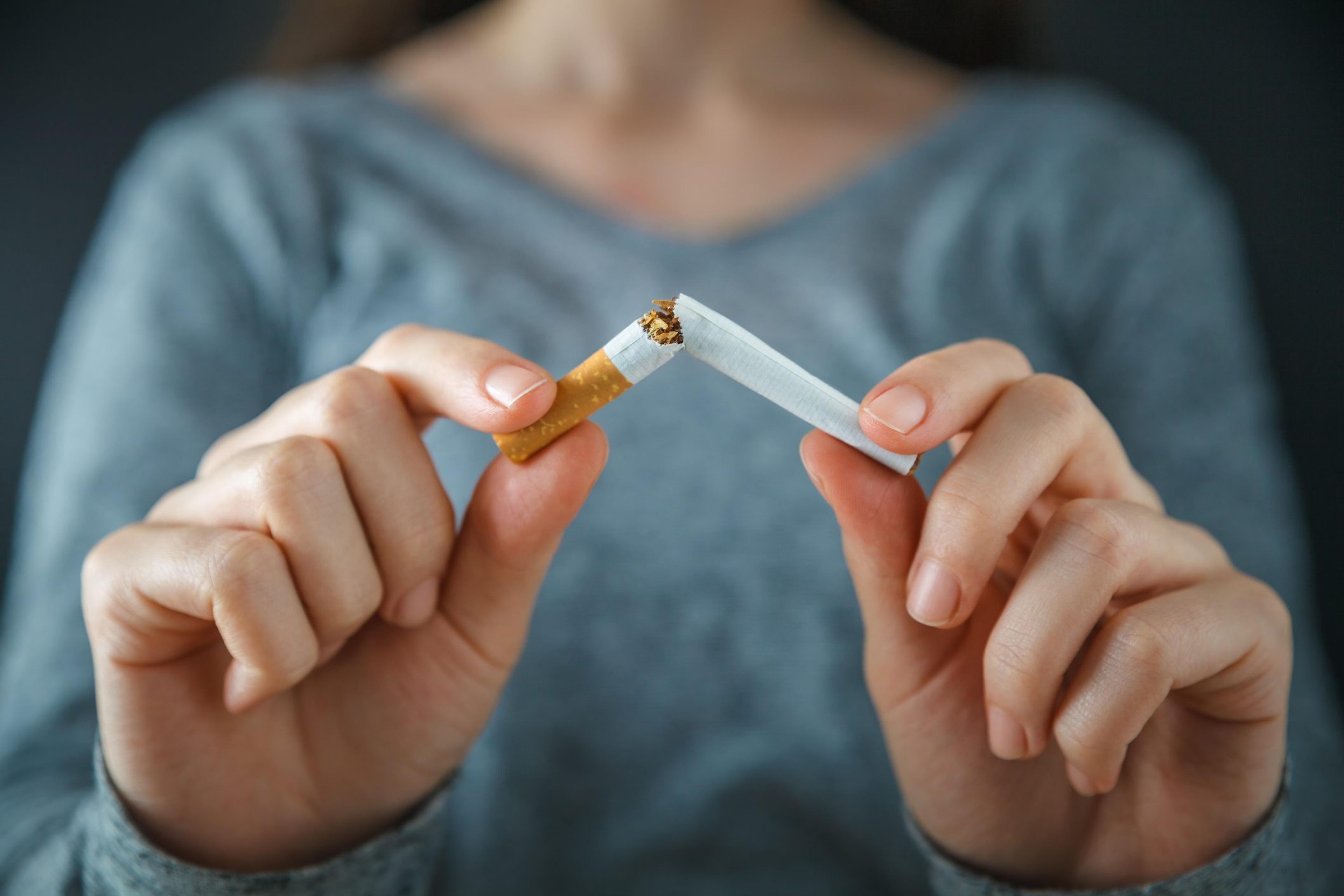Good Dental Habits in Children Lead to Good Overall Health

Dr. Lisa Knowles
| 4 min read
Dr. Lisa Knowles, DDS, is the associate dental consu...

Oral health issues like cavities, inflamed gums and plaque buildup can follow children into adolescence and adulthood if they don’t develop strong habits at an early age.
About 15% of children younger than 23 experience untreated tooth decay in their primary (baby) teeth, according to a 2021 “Oral Health in America” report published by the National Institute of Dental and Craniofacial Research (NIDCR). The prevalence of cavities – also called caries and tooth decay – in children age six to 11 years old sits at about 18%. Nearly 57% of teenagers between the ages of 12 and 19 have cavities. That’s almost three in every five teens.

The dangers of cavities and gum disease
Too often, foods and drinks marketed towards children at the grocery store with their favorite characters on the packaging aren’t healthy choices for their teeth. Products like sugary juice drinks and gummy snacks can be wildly appealing to children, yet terrible for their oral health. Parents and caregivers must make the difficult choice between doing what’s best for their child or giving in to their demands. Children with cavities may suffer from issues that affect their diet, development, and mental health, including:
- Difficulty eating
- Poor nutrition
- Delayed physical development
- Deteriorating educational performance
- Poor self-esteem and socialization
- Impaired speech
If untreated, cavities can lead to inflammation and the spread of infection to bone and soft tissue. Here are risk factors for cavities an individual might have, according to the Centers for Disease Control and Prevention (CDC):
- Family members (older brothers, sisters, or parents) have cavities
- Eating and drinking a lot of sugary foods and drinks like pop, especially between meals
- Special health care needs
- Wear braces or orthodontics or oral appliances
Gum disease – also known as periodontal disease – is mainly caused by the buildup of plaque on teeth. Gum disease can range from mild to severe. Most children dealing with gum disease suffer from the mildest form, known as gingivitis.
Since gum disease generally is not painful, children may not even be aware they have it. Here is a list of common symptoms of gum disease:
- Bleeding while brushing or flossing
- Red, swollen, sore or receding gums
- Loose or separating teeth that show greater than normal spacing
- Persistent bad breath
- Pus between the teeth and gums
- Changes in the way teeth fit together upon biting down
Several studies have linked gum disease to other systemic diseases including diabetes, heart disease, stroke, respiratory disease, and dementia.
How to instill healthy dental habits in babies and young children
Parents and caregivers should begin to teach good oral hygiene early in a child’s life. For babies, wipe their gums twice a day with a soft, clean cloth in the morning and after their first feeding. Then, right before bed, any bacteria and sugars should be wiped away.
When teeth start to come in, they should be brushed twice a day with a soft, small-bristled toothbrush and plain water. Once the teeth fully emerge, use a tiny smear of fluoride toothpaste when brushing baby’s teeth. Once children are ages three to six years old, use a pea-sized dollop of fluoride toothpaste when brushing their teeth twice a day. Parents and caregivers need to either perform or help with tooth brushing at this age, as young children don’t have the ability to completely clean all of their teeth.
Make sure children are spitting out extra toothpaste when they’re done, not swallowing it. Drinking tap water, when appropriate, can also help children keep their teeth clean, as it likely contains fluoride. Fluoridated water, toothpastes and varnish —as well as dental sealants — can work together to dramatically reduce the development of cavities.
Children’s dentists should be asked to apply dental sealants when appropriate. Sealants typically protect against 80% of cavities for two years and continue to protect against 50% of cavities for up to four years. Other ways to practice good oral hygiene include:
- Flossing daily
- Eating a healthy diet and limiting snacks in between meals
- Avoiding sugary drinks, including pop and juice
- Replacing toothbrushes every three to four months or sooner if bristles are frayed
- Scheduling regular dental checkups and cleanings
Lisa L. Knowles, D.D.S., is an associate dental consultant and dental director at Blue Cross Blue Shield of Michigan.
More from MIBluesPerspectives.com:
Photo credit: Getty Images





